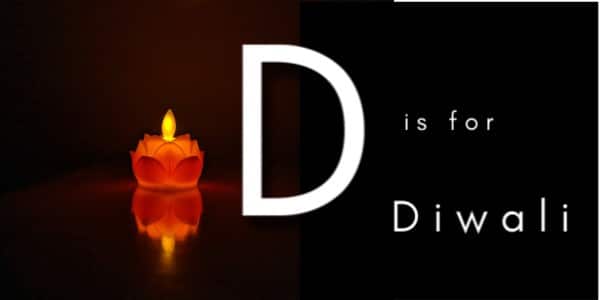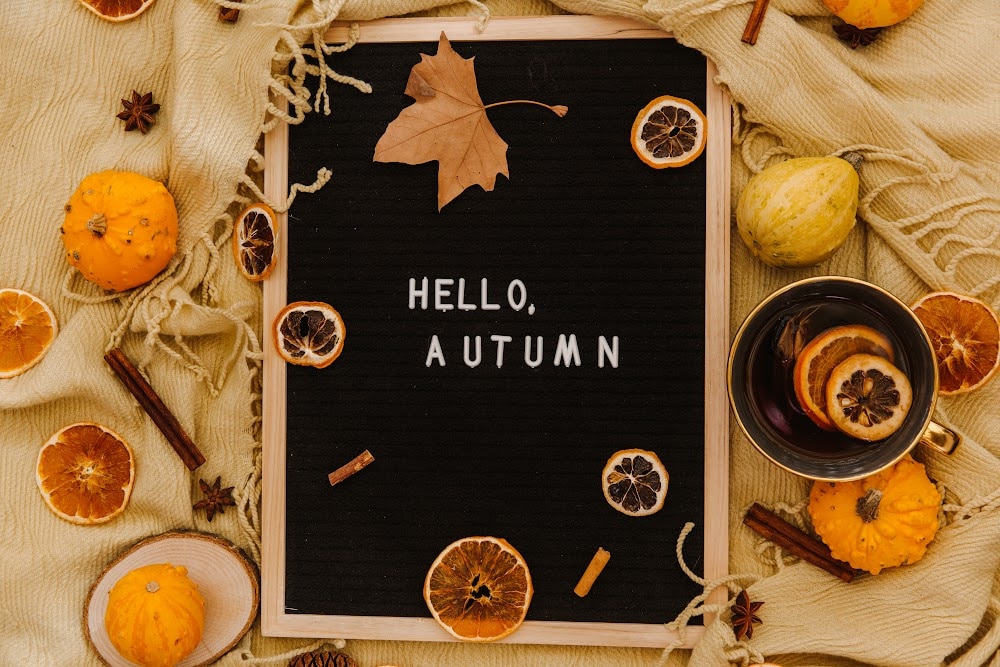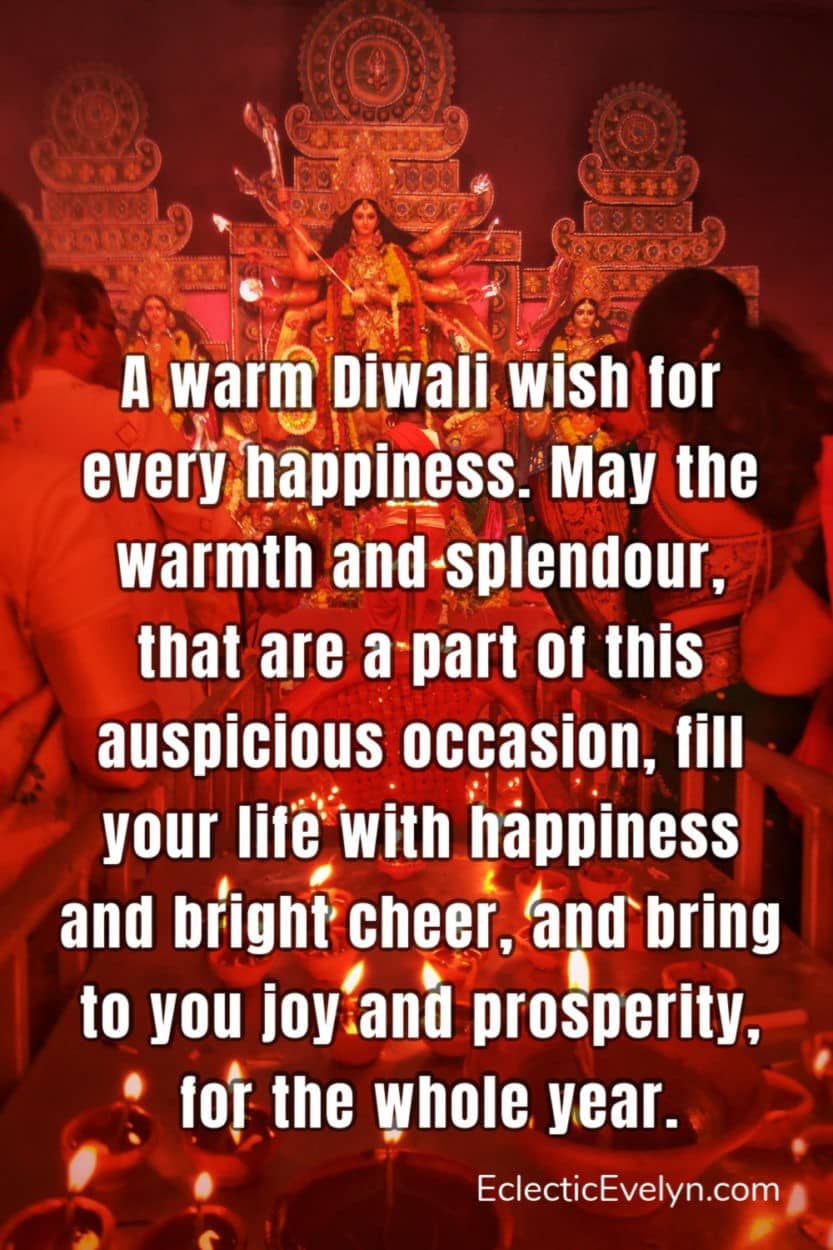
Diwali is celebrated during the Hindu Lunisolar month Kartika (between mid-October and mid-November).
What is Diwali?
Diwali is a five-day festival celebrated by Hindus, Jains, Sikhs, and some Buddhists, although for each faith it marks different historical events and stories, the festival represents the same symbolic victory of light over darkness, knowledge over ignorance, and good over evil.
Hindus celebrate the return of Rama and Sita to Ayodhya after their 14-year exile. They also celebrate the day Mother Goddess Durga destroyed a demon called Mahisha.
In Jainism, Diwali marks the nirvana, or spiritual awakening, of Lord Mahavira on October 15, 527 B.C.
In Sikhism, it honors the day that Guru Hargobind Ji, the Sixth Sikh Guru, was freed from imprisonment.
Facts about Diwali
Northern India celebrates the story of King Rama’s return to Ayodhya after he defeated Ravana by lighting rows of clay lamps.
Southern India celebrates Lord Krishna’s defeat of the demon Narakasura.
In western India, it marks when Lord Vishnu sent the demon King Bali to rule the nether world.
Lakshmi, the Hindu goddess of prosperity, is worshipped as the bringer of blessings for the new year.
Every home is lit with diyas and doorways and foyers are decorated with rangolis.
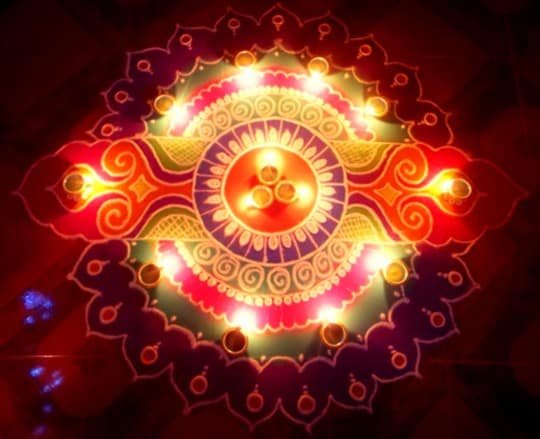
Additional Resources
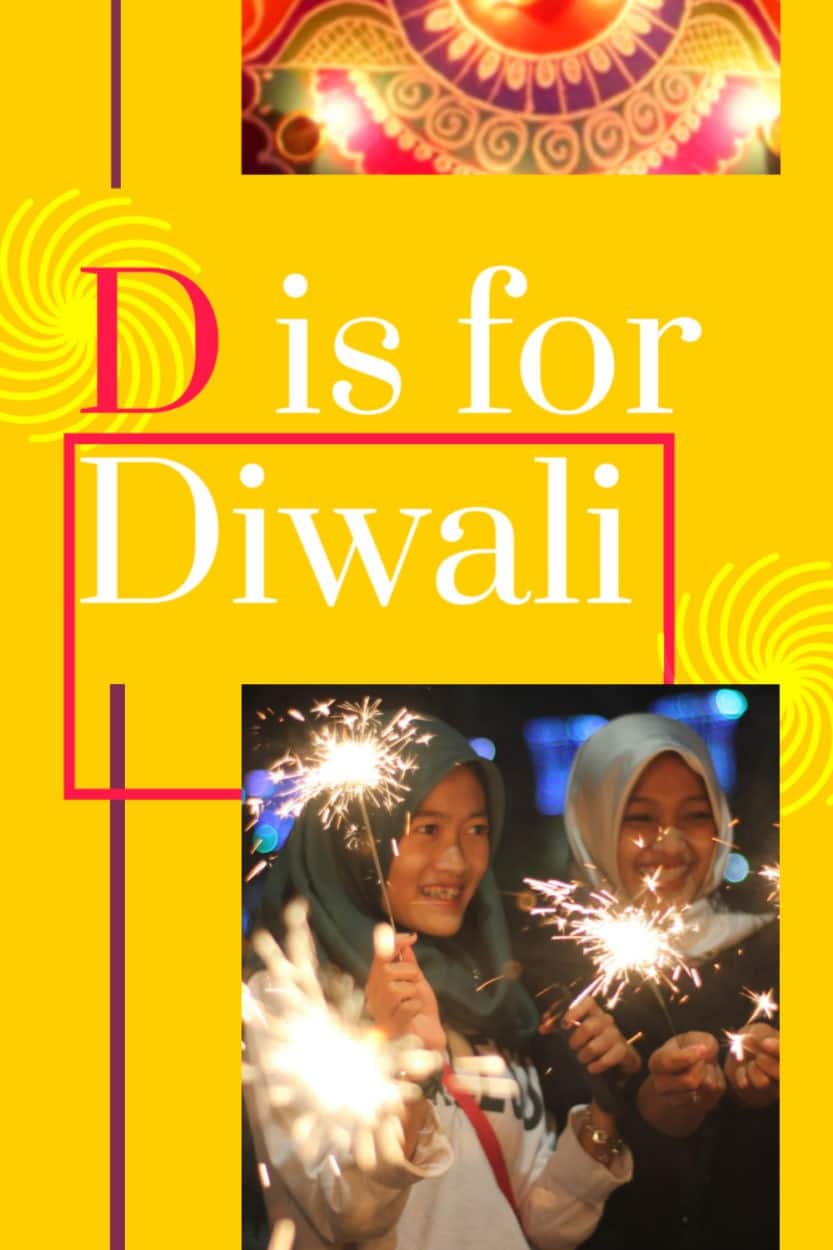
All over the world, more than 1 billion people celebrate Diwali. Of course, the festival isn’t the only annual religious ceremony. You can make the Christian religion and faith your career with a Master of Divinity Degree. Master of Divinity programs prepare you for a long and fruitful ministry career.
This post is part of the April A to Z Blog Challenge. View my past posts for the challenge HERE
Learn more about this annual challenge and how to join

